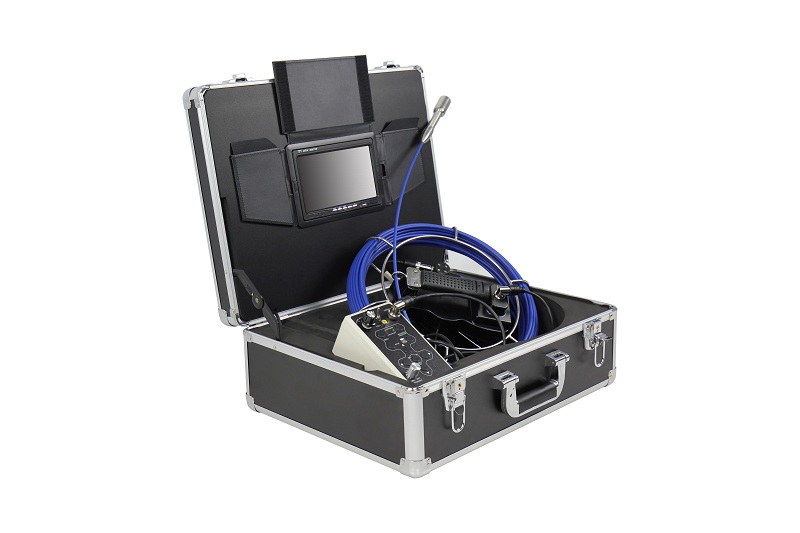Manufacturing Process of Industrial Videoscope: A Technological Breakthrough
Abstract: Industrial videoscopes play a critical role in non-destructive testing and inspection across various industries. This article focuses on the manufacturing process of industrial videoscopes, highlighting the key steps involved in their production, including component assembly, optical system integration, and quality control measures. The article also emphasizes the significance of advanced manufacturing techniques in ensuring the reliability and performance of industrial videoscopes.
Introducción:
Industrial videoscopes have revolutionized inspection processes in industries such as manufacturing, aeroespacial, automotor, and energy. These advanced tools allow for remote visual inspection of inaccessible areas, enabling efficient troubleshooting, quality assurance, and preventive maintenance. This article delves into the manufacturing process of industrial videoscopes, shedding light on the intricate steps involved in their production.
Manufacturing Process of Industrial Videoscope:
- Component Selection and Preparation:
- Selection of high-quality components, including image sensors, lenses, light sources, and flexible insertion tubes, based on application requirements.
- Thorough inspection and testing of each component to ensure compliance with quality standards.
- Precise measurement and cutting of insertion tubes to appropriate lengths.
- Component Assembly:
- Integration of selected components into a rigid or flexible videoscope body.
- Careful alignment and mounting of the image sensor, lens, light source, and control interface.
- Secure attachment of the insertion tube to the videoscope body, ensuring stability and flexibility for maneuvering.
- Optical System Integration:
- Calibration of the optical system to achieve optimal image quality and resolution.
- Alignment of the lens and image sensor to ensure accurate capture and transmission of visual data.
- Integration of illumination sources, such as LED lights or fiber optic bundles, to provide sufficient lighting for inspections.
- Control and Display System Integration:
- Incorporation of control buttons, joysticks, or touchscreen interfaces for user-friendly operation.
- Integration of display units, such as LCD screens or digital interfaces, to facilitate real-time visual monitoring during inspections.
- Quality Control Measures:
- Rigorous testing of the videoscopes for image clarity, distortion, and color accuracy.
- Evaluation of the insertion tube’s flexibility, durabilidad, and resistance to environmental factors.
- Calibration of measurement and distance estimation features to ensure accurate data analysis.
Conclusión:
The manufacturing process of industrial videoscopes involves meticulous component selection, precise assembly, optical system integration, and stringent quality control measures. These steps are crucial in ensuring the reliability, performance, and accuracy of industrial videoscopes in demanding inspection environments. By leveraging advanced manufacturing techniques and adhering to strict quality standards, manufacturers can produce high-quality videoscopes that meet the diverse needs of various industries. The continuous improvement of manufacturing processes and technological advancements will further enhance the capabilities and applications of industrial videoscopes in the field of non-destructive testing and inspection.


